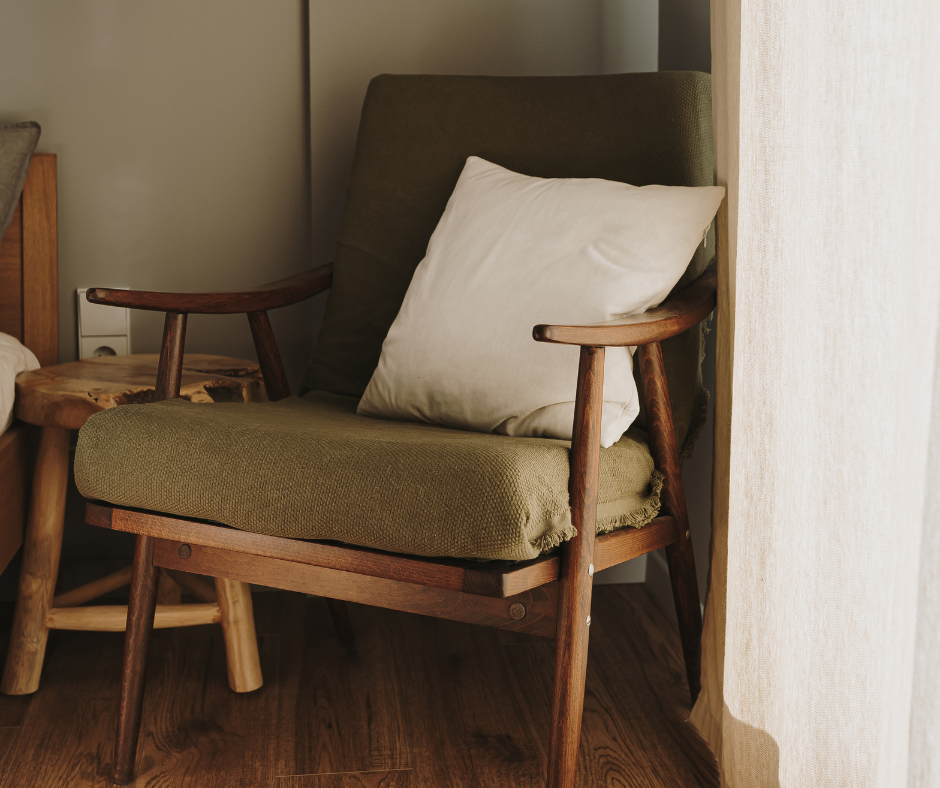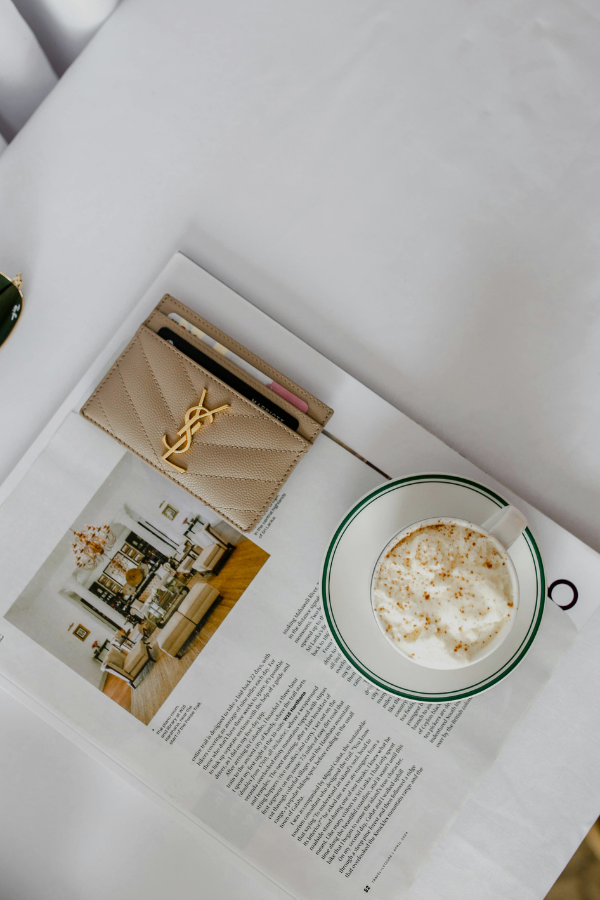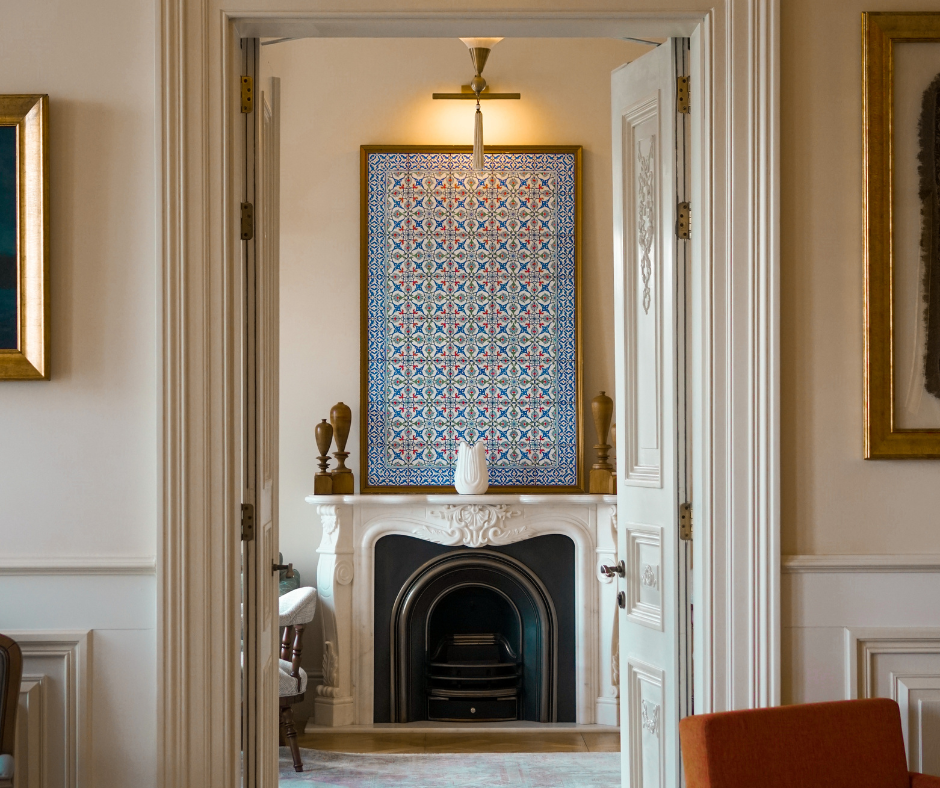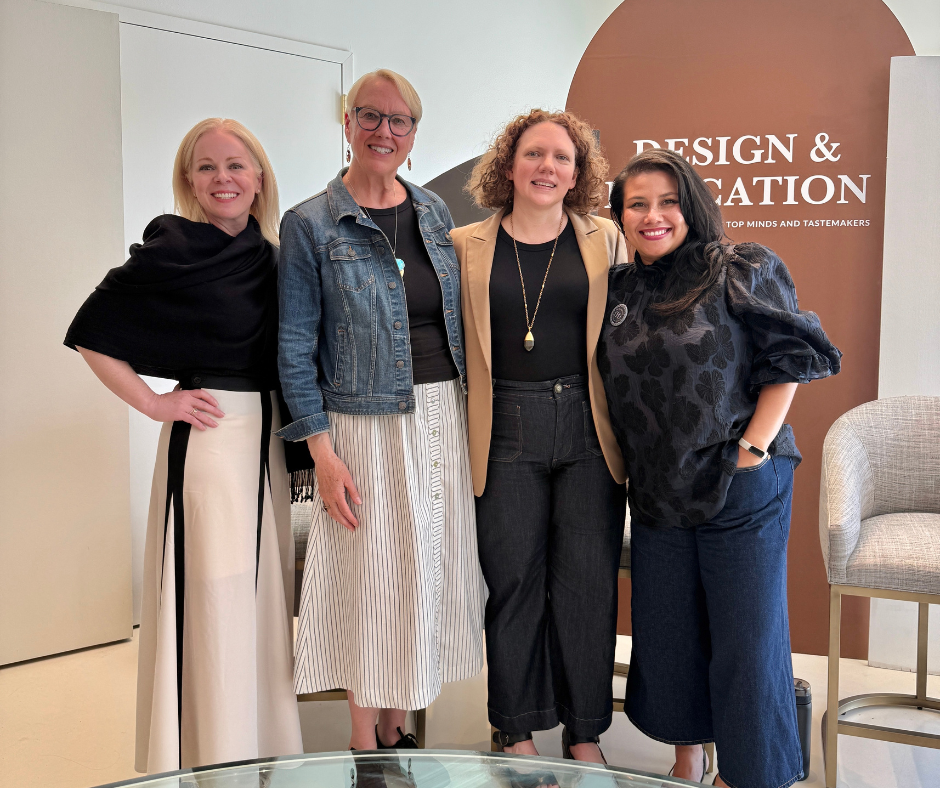
Trailblazing Female Interior Designers Who Made Space for Us To Shine Today
Summary
This article explores the influential female interior designers who overcame societal and institutional barriers to transform the design industry. From Elsie de Wolfe’s professionalization of interior decorating to Zaha Hadid’s visionary spatial designs, these women redefined aesthetics, challenged norms, and helped legitimize interior design as a serious profession. Their legacy is not only visual but deeply cultural, as they laid the groundwork for future generations of designers in a field once dominated by men.
Reflection Questions
How have societal expectations historically influenced the roles women could play in professional design fields?
Which designer’s story or style do you connect with the most, and why?
What role does visibility and recognition play in shaping the careers of designers and other creatives, especially women?
Journal Prompt
Reflect on a time when you or someone you admire challenged traditional expectations or norms—whether in a professional, creative, or personal space. What did that process look like? How did it reshape your understanding of possibility, identity, or leadership?
Throughout much of our industry’s history, men have dominated the field, bolstered by gender norms, laws and other outdated restrictions that prevented women from being interior designers. But some women managed to break free of those restrictions, making their mark from the early 20th century to today. Their pioneering approaches—not just in aesthetics but in challenging industry norms—have redefined how interiors are thought and executed.
Beyond cultural and societal barriers, these women have shaped the interior design industry. In this article we will highlight and celebrate the impact and legacies of these amazing female interior designers who have undoubtedly shaped the interior design industry. You don’t need to wait for next year’s International Women’s Day to celebrate these design icons.
Herstory: Historical Context for the Lack of Female Interior Designers

Throughout much of history, the embellishment of interior spaces was a reflection of societal status and power, with the primary decision makers being male rulers or elites. As societies evolved the domestic sphere, particularly in Western cultures, became more and more influenced by women.
The act of “turning a house into a home”—both functionally and aesthetically—became more aligned with the female domain. This was especially so during the late Renaissance and into the Victorian era. Although these women played a big part in the development and evolution of interior aesthetics, their contributions were often overlooked, unofficial or relegated to the domestic sphere rather than professional expertise.
Sociocultural Factors Influencing the Recognition of Women in Interior Design
Several sociocultural factors have historically kept women out of the interior design profession. One big one was the societal view of women’s roles during the 18th and 19th centuries. Women’s domain was considered to be the household. Although they were key players in shaping domestic interiors, this was seen as an extension of homemaking rather than a professional activity.
Additionally, institutional education in design and architecture was largely male only, with women facing many barriers to formal training. And the publishing world, which was the means of disseminating design ideas, was male dominated. So, even when women did make significant contributions they often didn’t have the platform to show their work or were sidelined in favor of their male counterparts.
A Changing Tide and Women’s Ascent in the Industry
Luckily, as the 20th century dawned, societal shifts began to challenge and change these norms. The suffragette movement and the broader cultural shift towards modernism paved the way for a reevaluation of women’s roles in all professions including interior design.
Schools and institutions started to open their doors to women, allowing them to get formalized training and qualifications. The post-war era with its rapid urbanization and the rise of consumerism also saw a growing demand for professionalized interior design.
Women, armed with formal training and an innate understanding of domestic spaces, stepped into the spotlight. Magazines and media too evolved, giving women designers a platform to show off their work. By the latter half of the 20th century female interior designers were not just contributors but often trendsetters, shaping the industry’s direction and narrative.
Fuel your creative fire & be a part of a supportive community that values how you love to live.
subscribe to our newsletter
*please check your Spam folder for the latest DesignDash Magazine
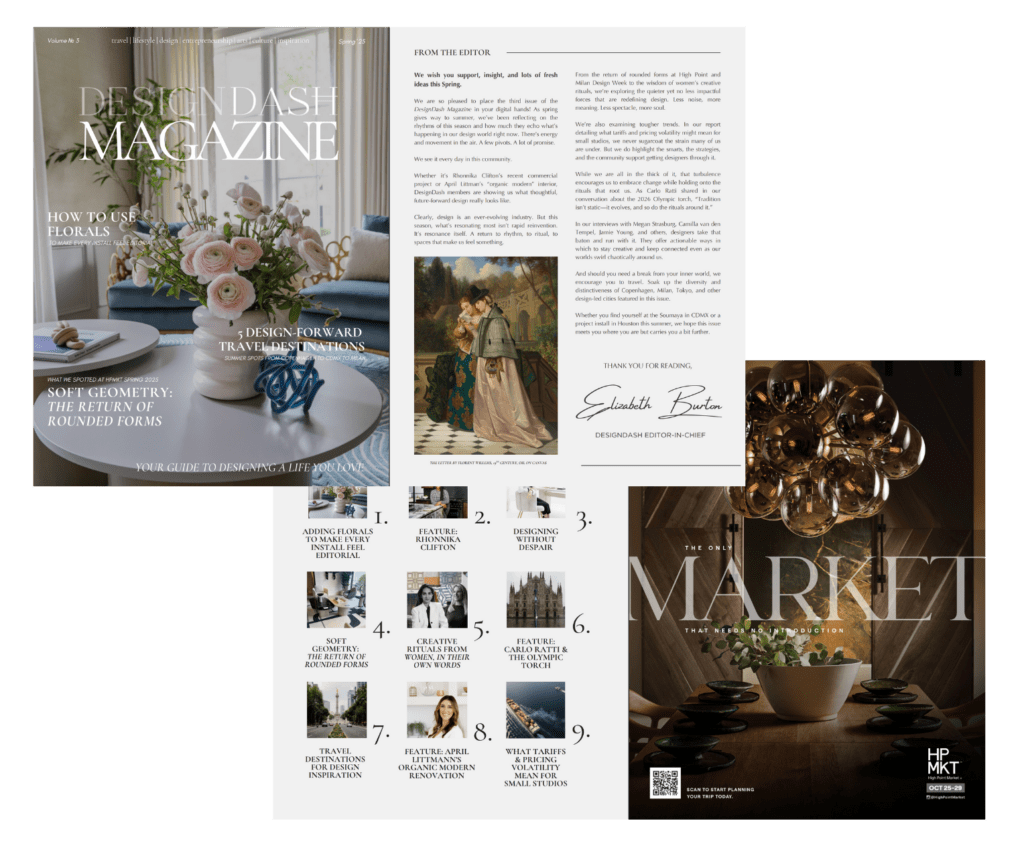
Trailblazing Female Interior Designers Who Shaped Our Industry
With that said, here are a few famous female interior designers who normalized women’s success in the industry. We acknowledge that many female interior designers were not so well-known but appreciate their contributions all the same.
Pioneers of Their Time
Elsie de Wolfe (1865-1950)
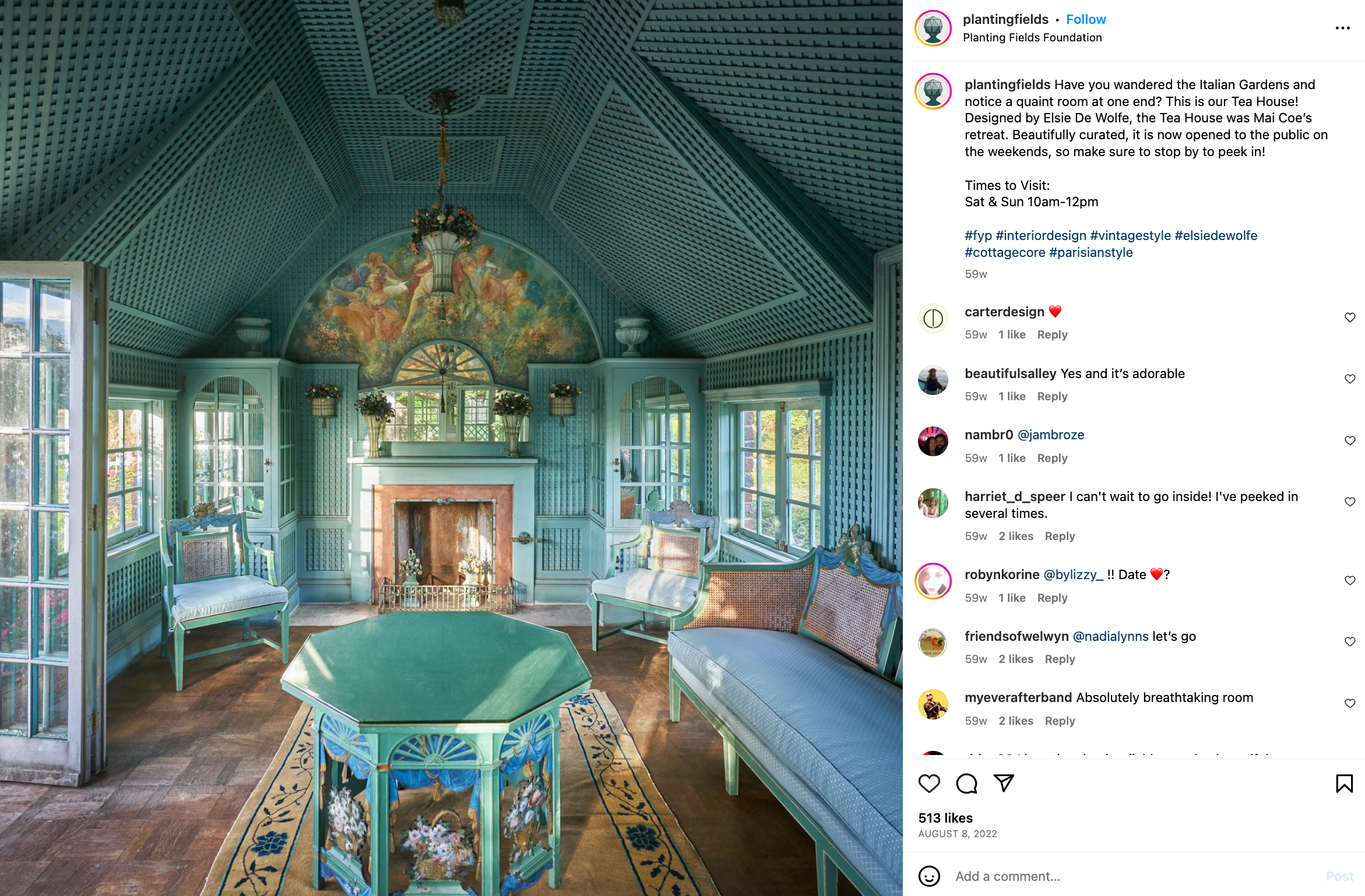
Elsie de Wolfe, born in New York City in 1865, is considered America’s first professional interior decorator. She challenged the dark, heavily ornate Victorian interiors of the late 19th century and advocated for lighter, more refreshing spaces with clear spaces, pale colours and 18th century French furniture.
Beyond her design sensibilities de Wolfe professionalized interior decoration, summed up in her 1913 book The House in Good Taste. Her career as an interior designer and her self promotion established her as a pioneer in American interior design.
Notable Projects
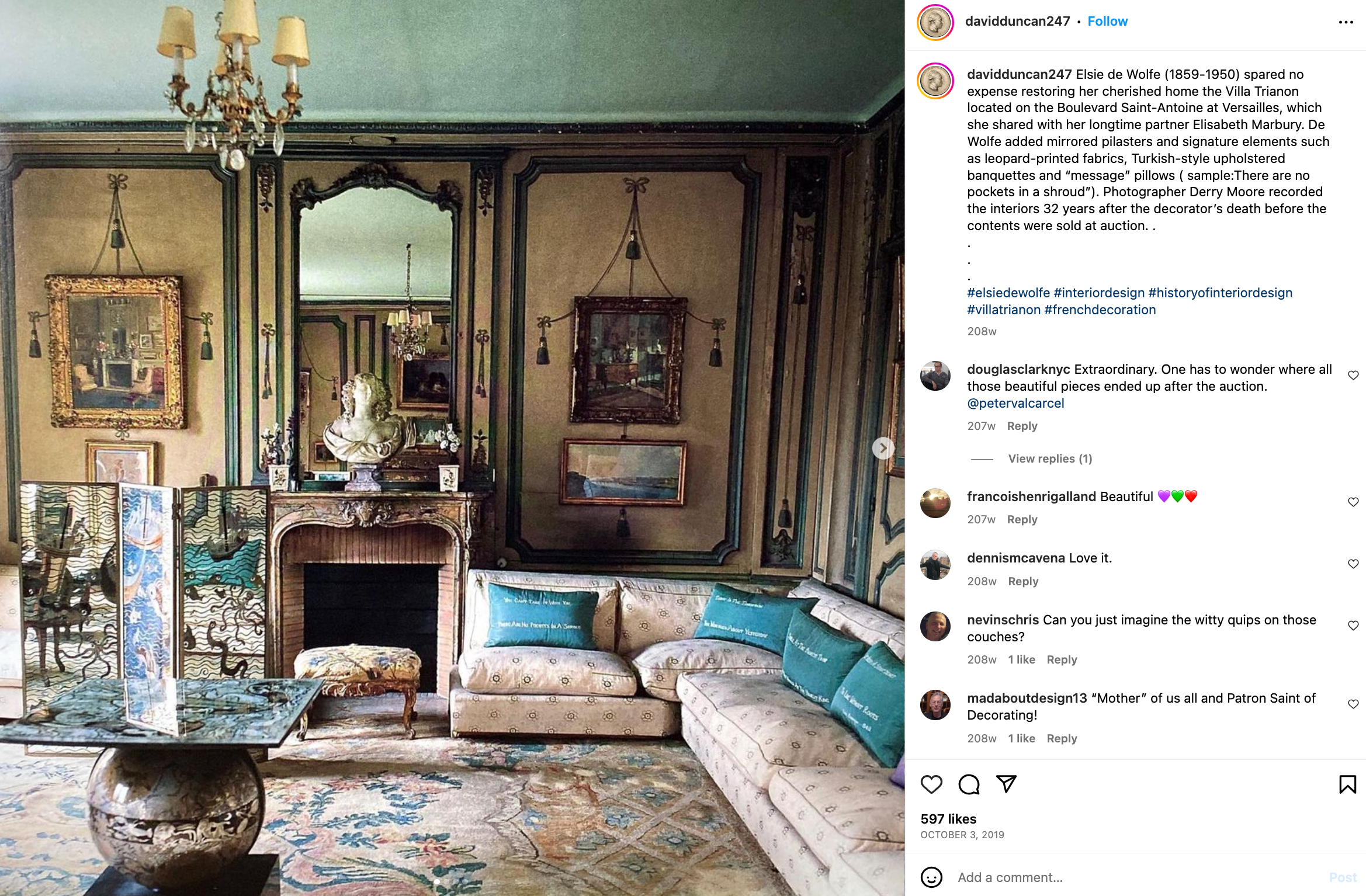
- The Colony Club
- Henry Clay Frick Residence (now The Frick Collection)
- The Villa Trianon
- I. N. and Iva T. Phelps Stokes Residence
- Tony Duquette Studios
Dorothy Draper (1889-1969)
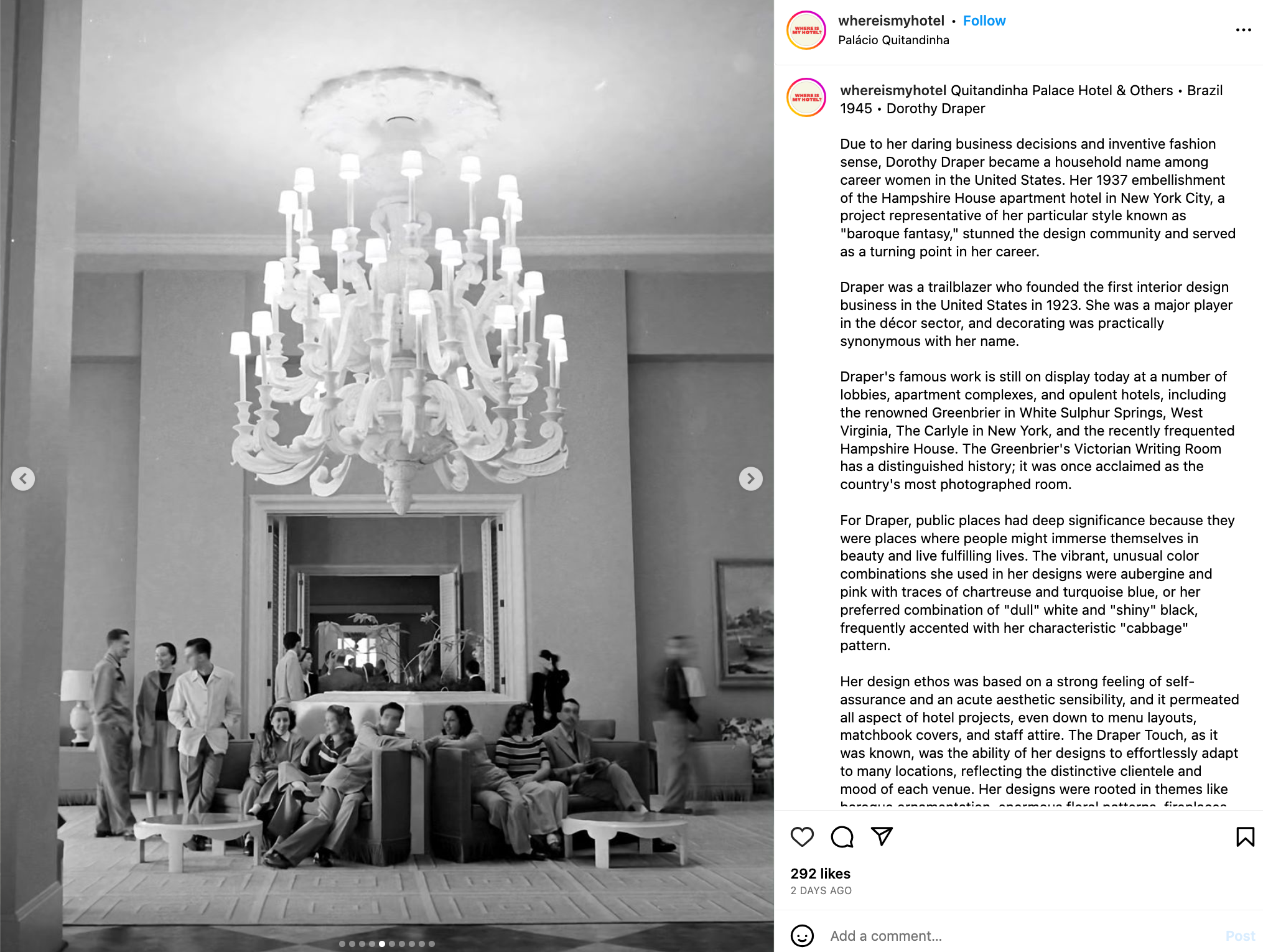
Dorothy Draper, active in the early to mid 20th century, is considered one of the most important voices in American interior design. She is known for her bold use of colour and contrasts. The Draper Touch was a radical departure from the reserved norms of the time—vibrant colours, oversized motifs and eclectic mix of historical styles.
She transformed many public spaces—like the Greenbrier Hotel in West Virginia—into visual spectacles with her signature style. Draper’s fearless approach to design was exuberant and theatrical and not only changed American interiors but laid the foundation for the modern decorating profession and cemented her place as a trailblazer in the design world.
Draper also founded her own interior design company and took her work across the country and abroad. The design firm was called Dorothy Draper & Company. Her design studio designed interiors for many hotels, resorts, restaurants and private residences. Though she worked in New York she had West Coast work in the Arrowhead Springs Hotel and The Fairmount.
Notable Projects
- The Greenbrier Hotel, West Virginia
- The Carlyle Hotel, New York City
- The Hampshire House, New York City
- Arrowhead Springs Hotel, California
- The Fairmont Hotel, San Francisco
- The Quitandinha Palace, Brazil
- The Metropolitan Museum of Art’s Dorotheum
- Camellia House & Bird Cage, Drake Hotel, Chicago
Madeleine Castaing (1894-1992)
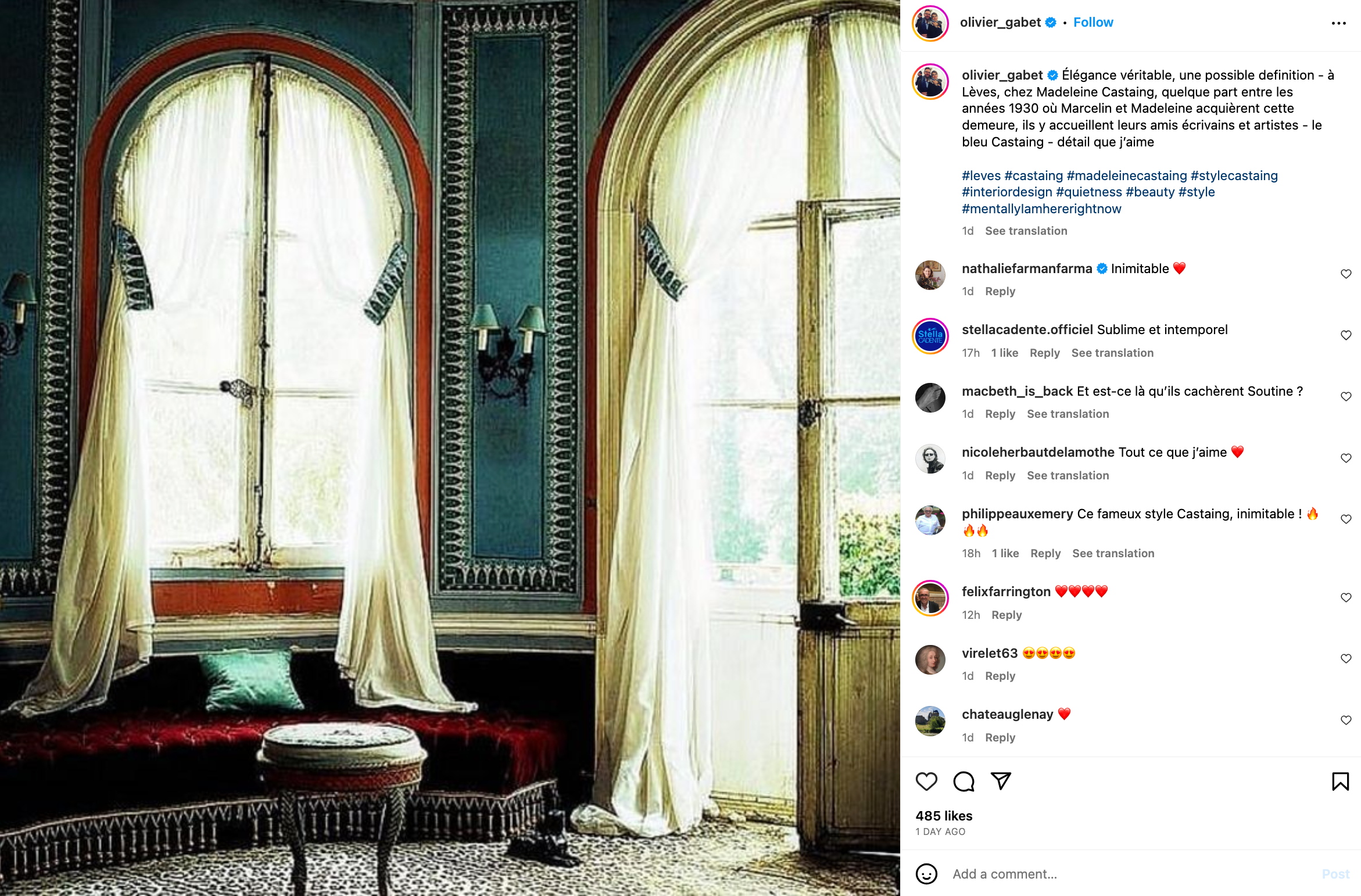
Next up is Madeleine Castaing. Madeleine Castaing, a French interior decorator of the 20th century, created a niche for herself with her unique style that blended Romanticism, Directoire style, and her own whimsy.
Working in the post-war era Castaing’s style was notable for rich fabrics, vibrant colors especially her signature Leopold blue and eclectic antiques. Her boutique on Rue Jacob in Paris was a design mecca for enthusiasts and professionals.
In addition to her retail work her work shone in her personal residences: a townhouse in the Left Bank and her country home in Lèves. These are physical manifestations of her style. Through her work and influence Castaing is a timeless design icon.
Important Projects
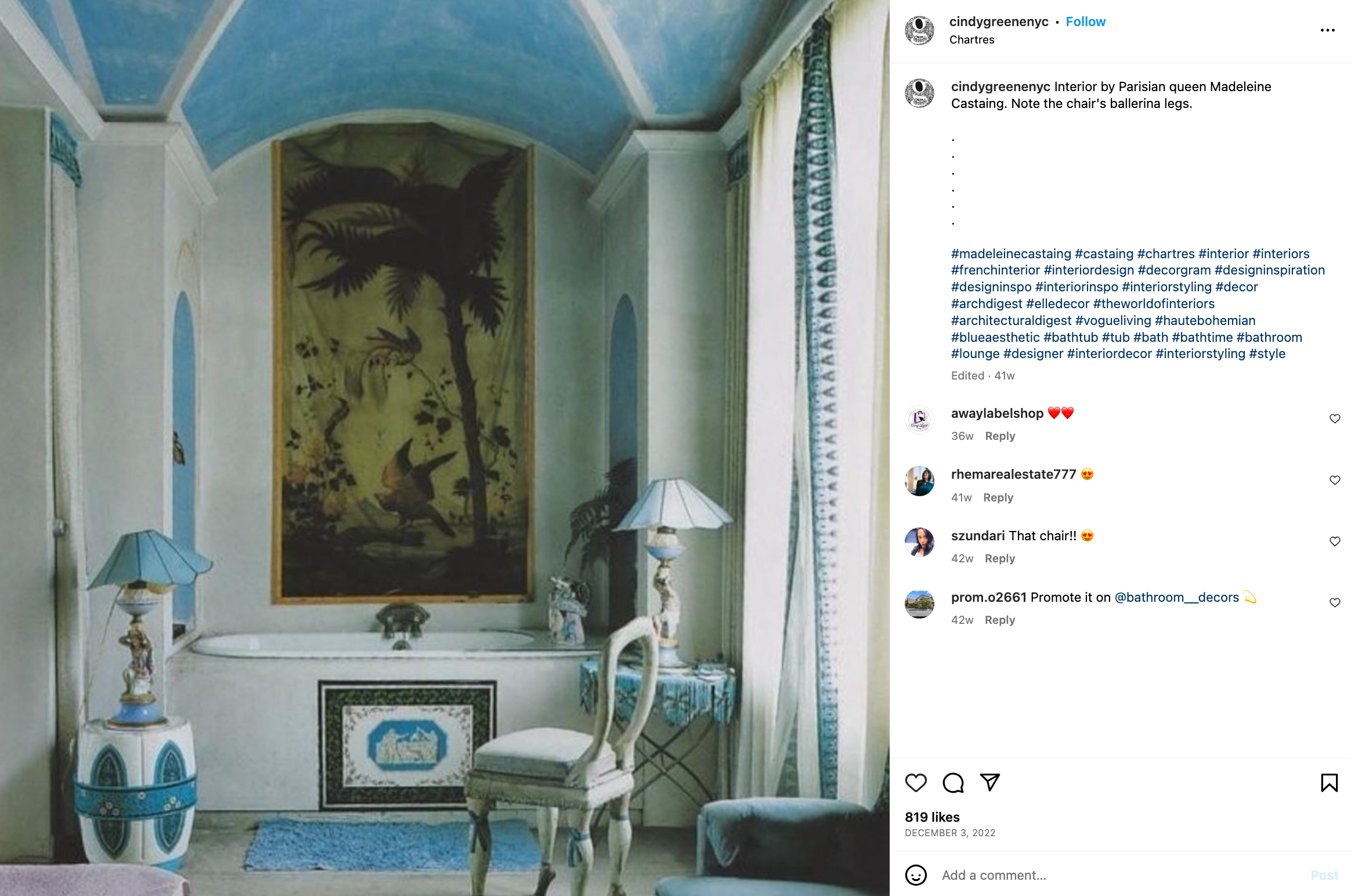
- Her Boutique on Rue Jacob, Paris
- Her Townhouse in the Left Bank, Paris
- The Country House in Lèves
Fuel your creative fire, thrive with support from peers, & make 2025 your firm’s best year yet!
JOIN THE DESIGNDASH COMMUNITY

Modern Masters and Boundary Pushers
Sister Parish (1910-1994)

Sister Parish, born Dorothy May Kinnicutt in 1910, is an American design legend who pioneered the “American Country” style. Parish’s style combined English comfort with colonial American antiques, and warm, family atmosphere with chintz fabrics, needlepoint rugs and folk art.
She co-founded her own design studio, the famous Parish-Hadley Associates. She worked with several American families—most notably the Kennedys—for whom she decorated part of the White House during John F. Kennedy’s presidency.
Parish’s lasting legacy extends beyond her iconic designs. It includes mentoring an entire generation of iconic designers. Her influence still resonates in contemporary American design narratives.
Important Projects
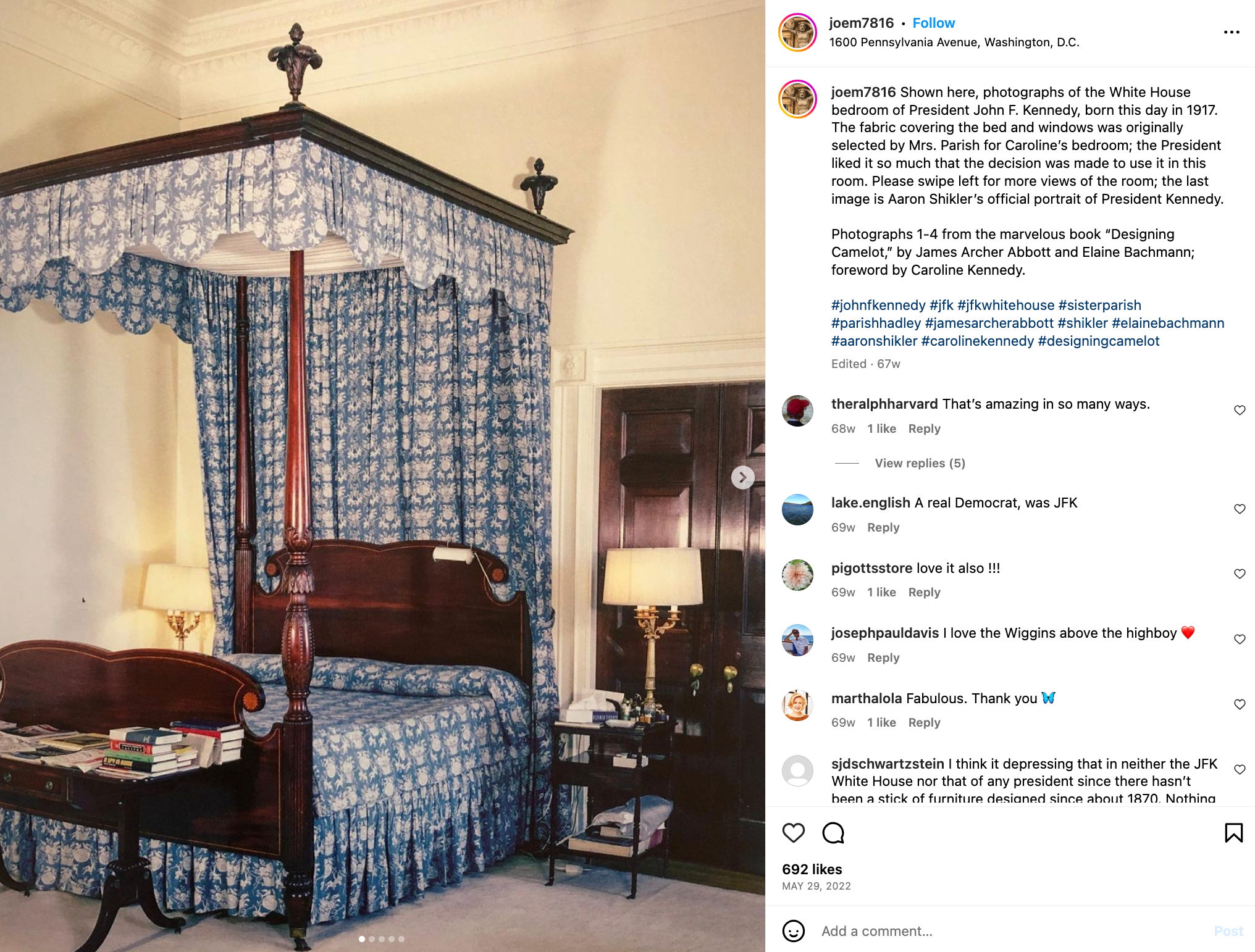
- The White House, Washington, D.C.
- The Kennedy Compound in Hyannis Port, Massachusetts
- Dozens of projects through Parish-Hadley Associates
Florence Knoll (1917-2019)
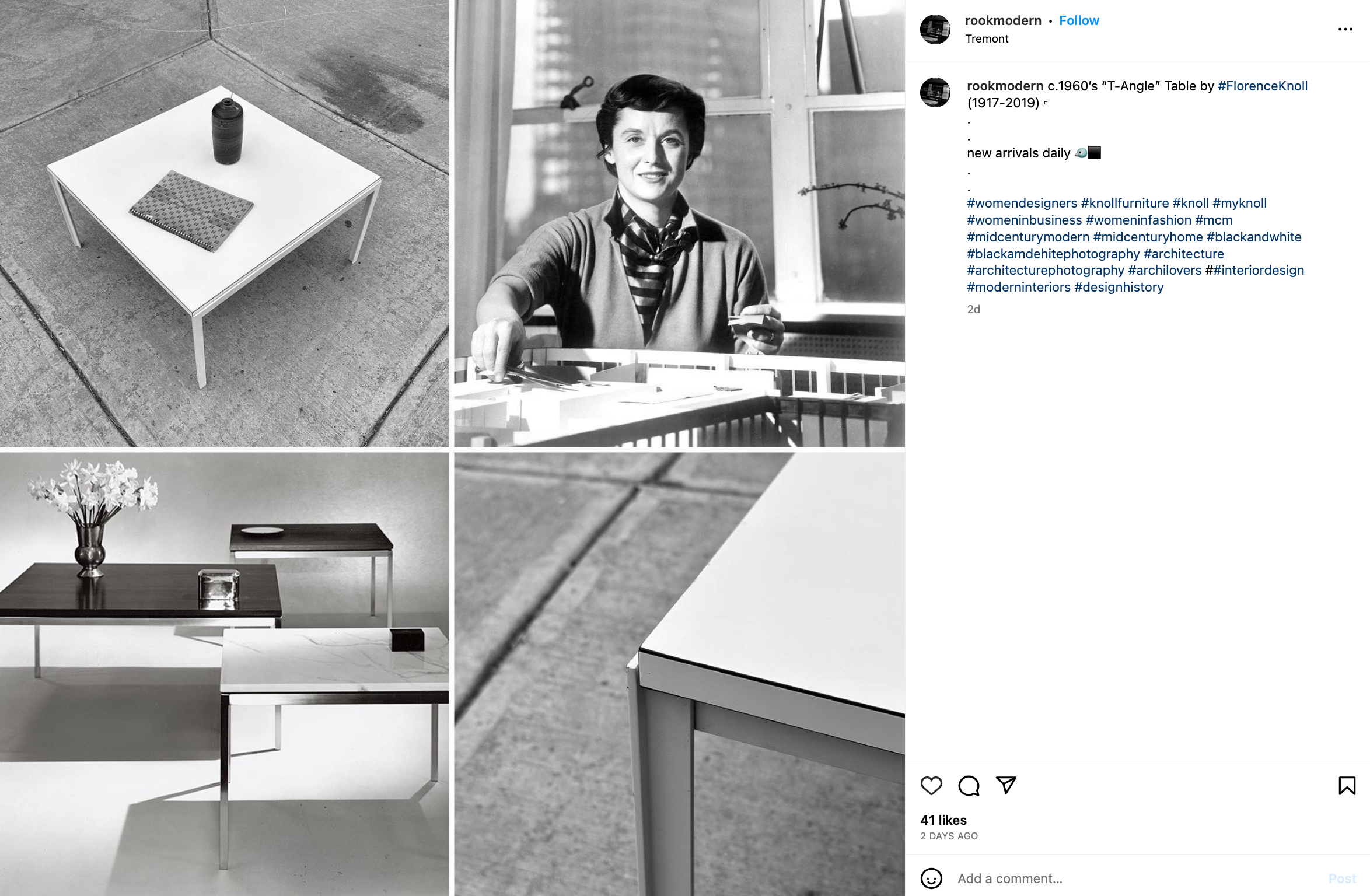
Florence Knoll, born in 1917, was an American architect and furniture designer who helped shape modern design in the mid-20th century. She studied at the Cranbrook Academy of Art and the Illinois Institute of Technology where she was taught by Mies van der Rohe and Eliel Saarinen. Knoll brought an architectural approach to interior spaces.
As a key figure in the Knoll furniture company her holistic view of design led to the creation of iconic pieces that embodied the principles of the International Style: clean lines, functionalism and unadorned. Her concept of “total design” encompassed all elements of a space—from architecture and furniture to textiles and graphics. She left a lasting impact on post-war American interiors and commercial spaces.
We still draw inspiration from her modern spaces and custom furniture today.
Important Projects
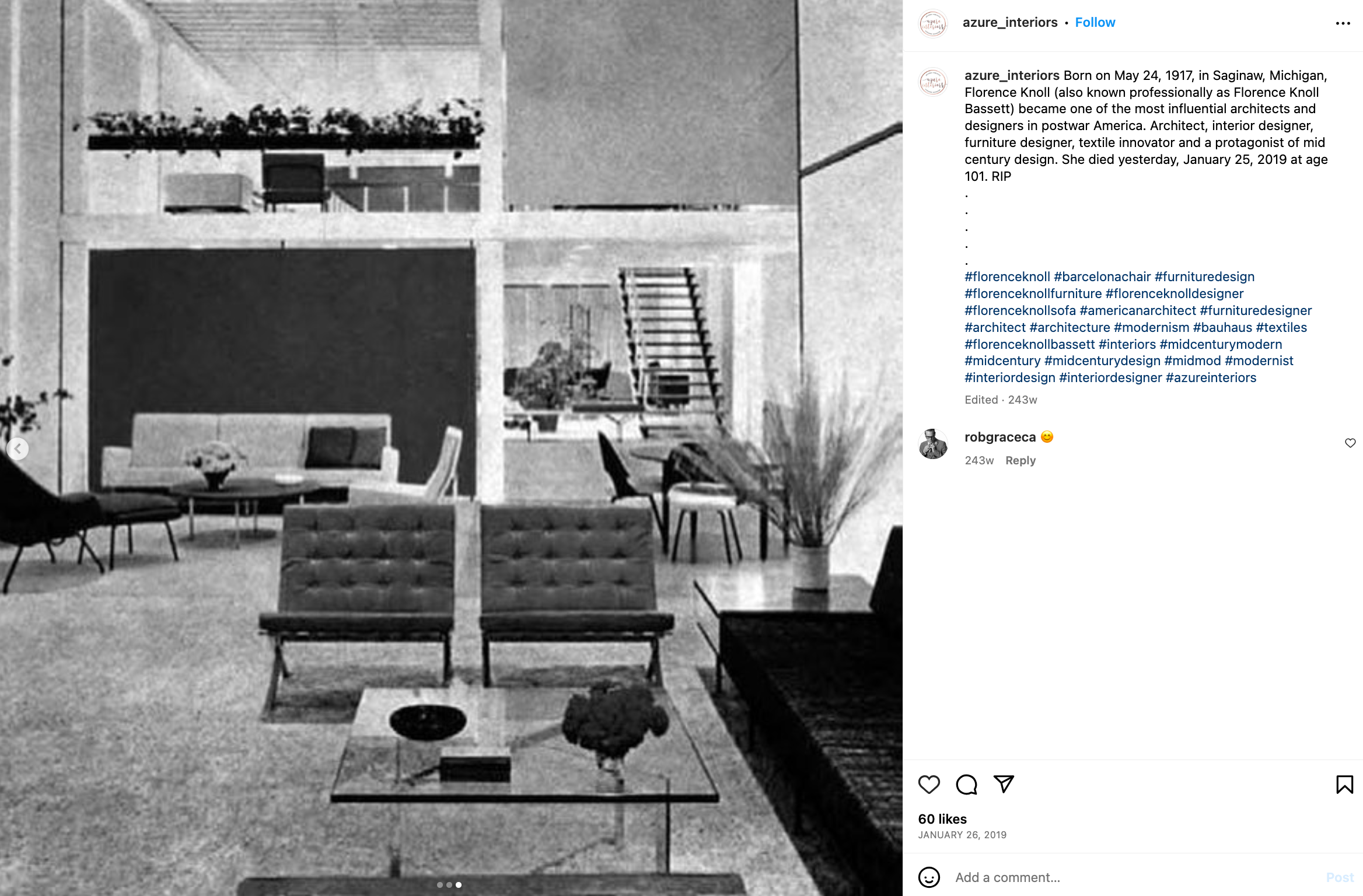
- Knoll Showrooms
- CBS Headquarters, New York
- Connecticut General Life Insurance Company’s Headquarters
Diverse Voices in Post-Modern Interior Design
Zaha Hadid

Born in 1950 in Baghdad Zaha Hadid is famous for her avant-garde architecture. But her talents extended into interior design where she brought her signature dynamism and fluidity to spaces.
Trained at the Architectural Association in London Hadid’s architectural style—often called neo-futuristic—was characterized by sweeping lines, organic forms and interconnectedness of spaces. These traits translated seamlessly into her interior projects; she understood space, function and human interaction. Her interior spaces are like her building exteriors.
One of the lesser known aspects of Hadid’s work is her interior projects, although fewer in number than her buildings, are proof of her pioneering design approach. Residential interiors—like the Capital Hill Residence in Moscow—show the synthesis of furniture and spatial design. Every element follows a cohesive narrative.
Commercial spaces—the Donna Karan flagship store in Seoul and the Neil Barrett shop in Tokyo—mirror her architectural bravado. They redefine retail spaces through fragmented geometries and integrated displays. These interiors, although overshadowed by her buildings, give a glimpse into Hadid’s design philosophy and incredible space planning skills. They show her ability to think and design across scales—from urban landscapes to the details of interior spaces.
Important Projects
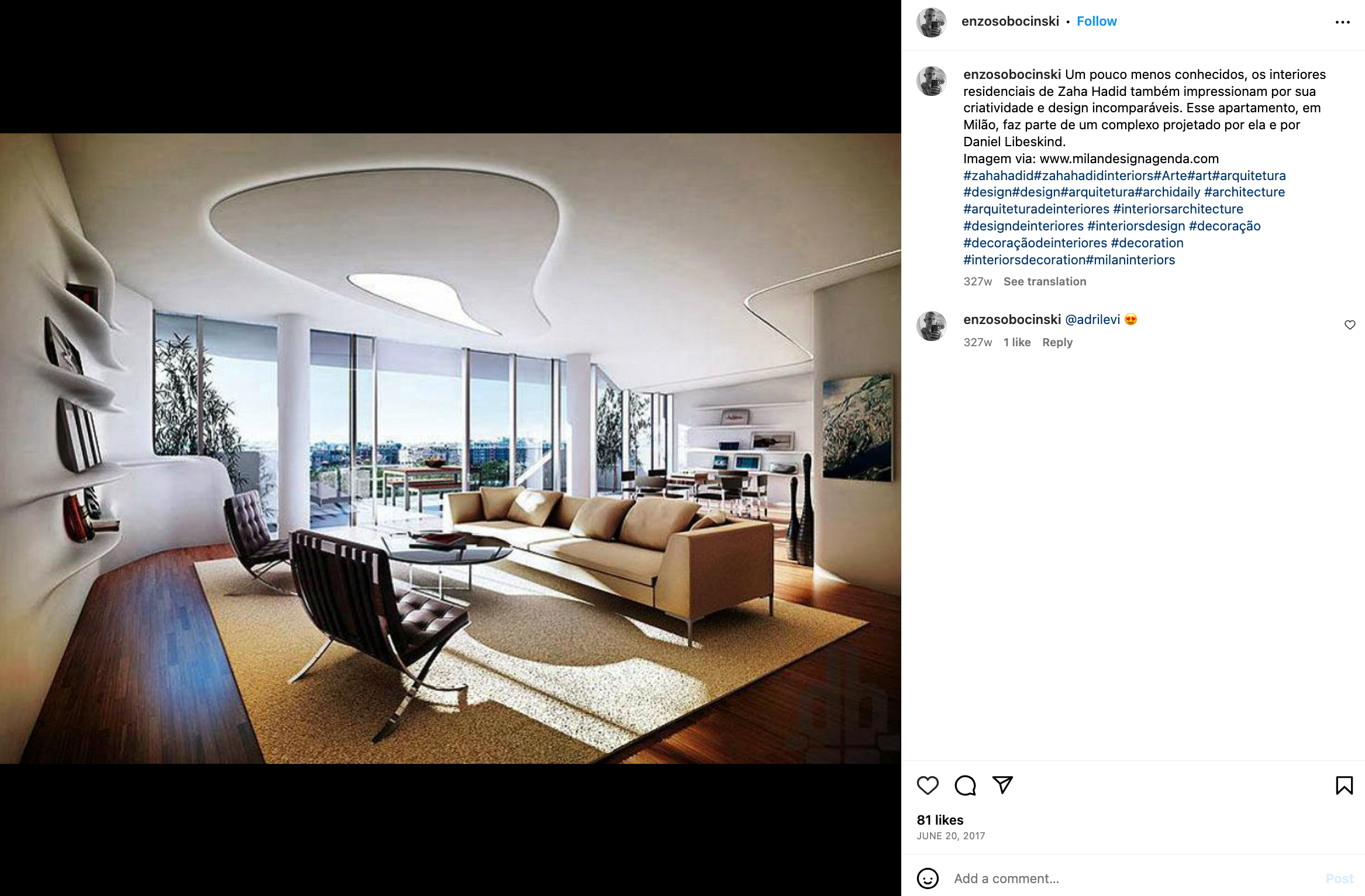
- Capital Hill Residence, Moscow
- Donna Karan Flagship Store, Seoul
- Neil Barrett Shop, Tokyo
Patricia Urquiola
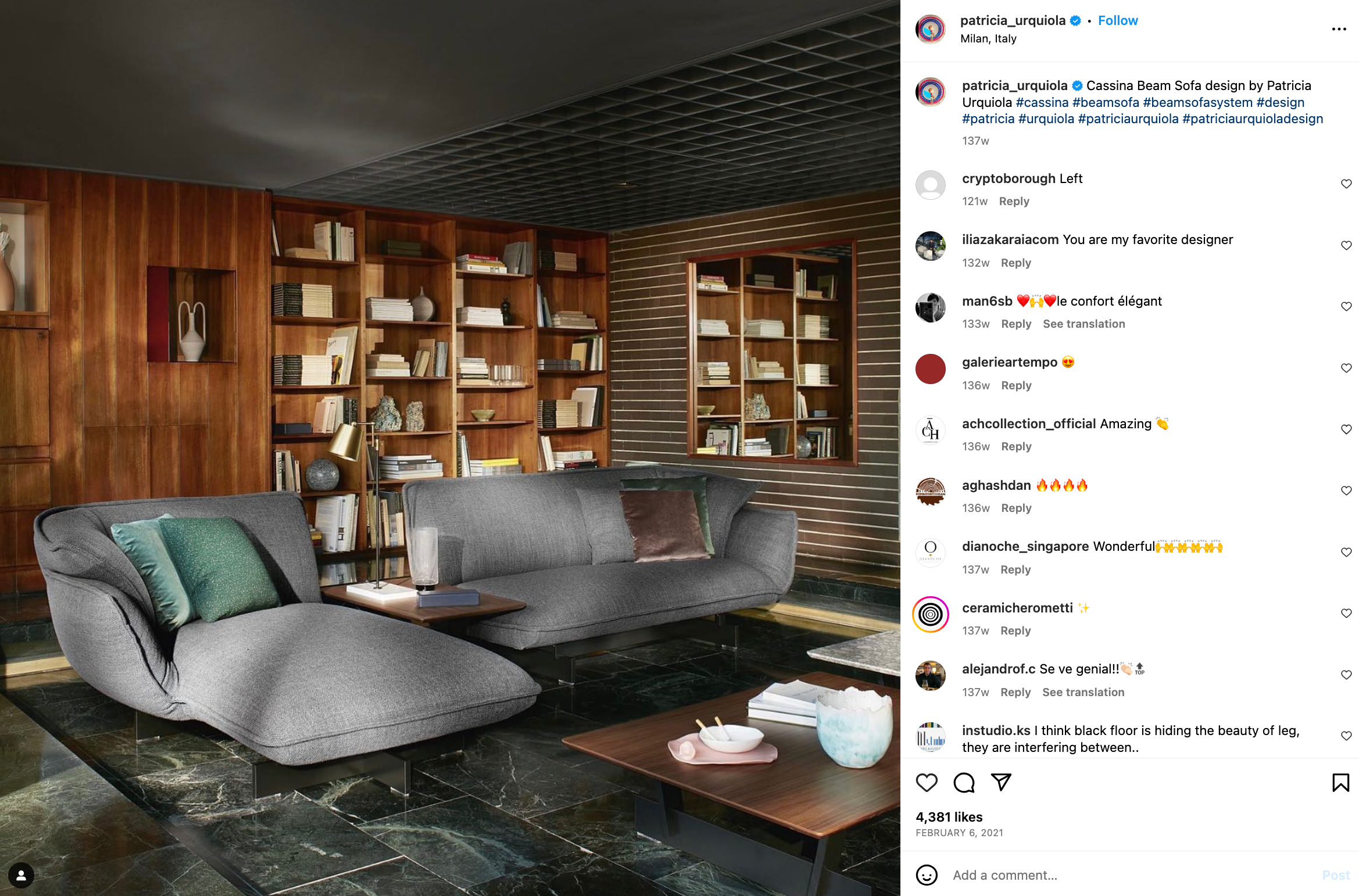
Patricia Urquiola, born in 1961 in Oviedo, Spain, is one of the most important interior designers and architects of her generation. She is known for her modern Baroque style. She studied at the Polytechnic University of Milan under the guidance of famous designers Achille Castiglioni and Eugenio Bettinelli. Urquiola’s designs seamlessly bridge product, furniture and interior design.
Her style—often described as a mix of modernist traditions and playful experimentation—is characterized by a deep understanding of materials, textures and colors. With a portfolio of collaborations with top international brands and intricate interior spaces Urquiola has left her mark on the global design scene, combining functionality with poetic expression.
Her work often challenges the boundaries, integrating craft traditions with contemporary techniques, making her a visionary in design and architecture.
Important Projects
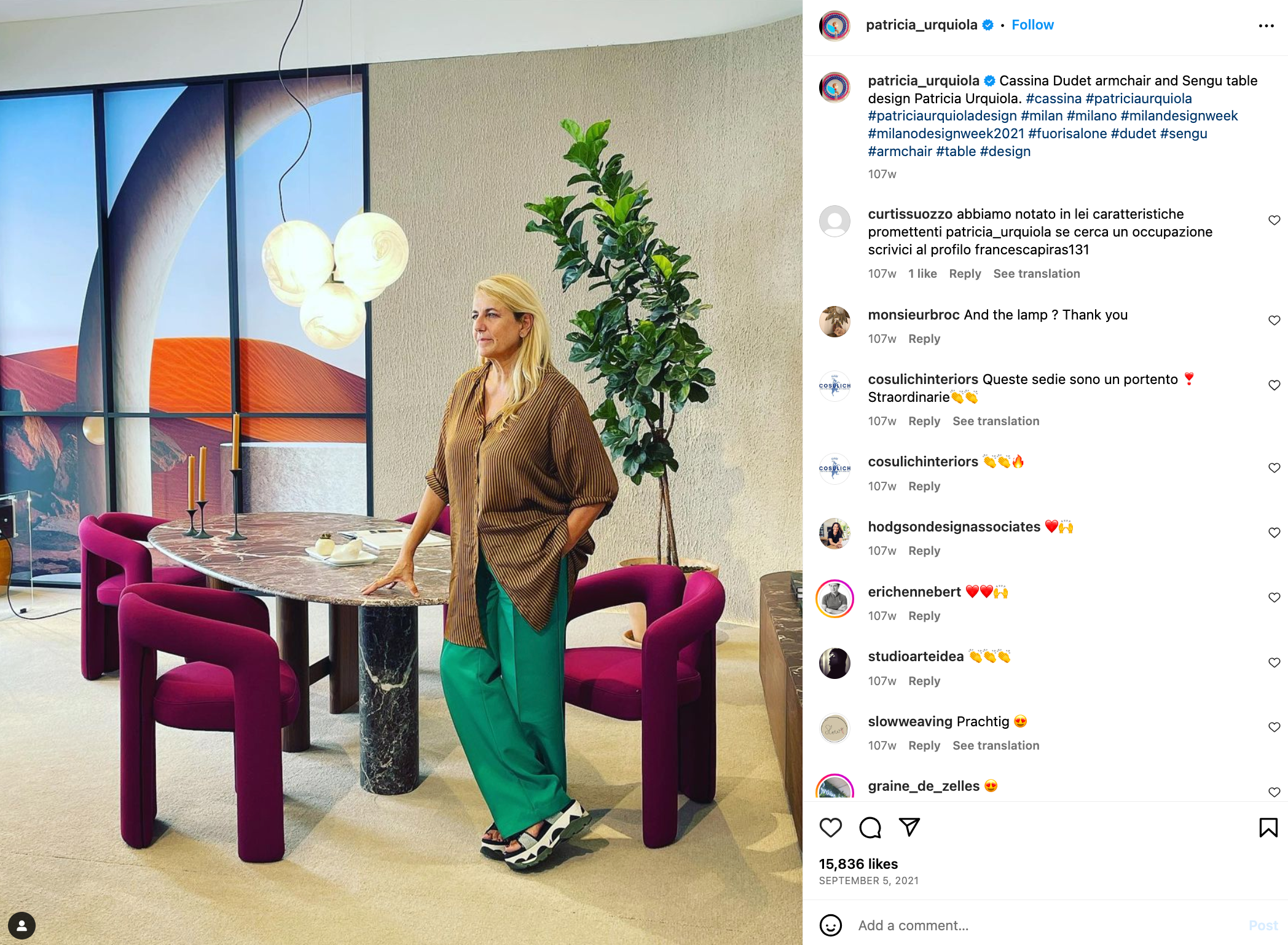
- Mandarin Oriental Hotel, Barcelona
- Il Sereno Hotel, Lake Como
- Collaborations with B&B Italia—including the “Husk” chair and “Tabano” armchair
- Collaborations with Moroso—including the “Lowseat” and “Fjord” seating collections
- Room Mate Giulia Hotel, Milan
Kelly Wearstler
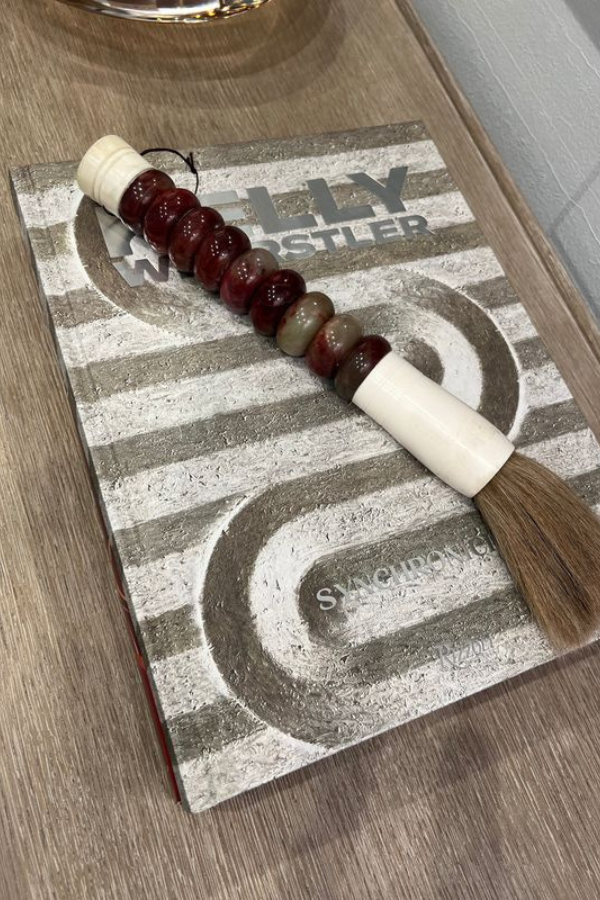
American interior designer born in 1967 Kelly Wearstler is known for her multidisciplinary approach and style. She studied at the Massachusetts College of Art. Wearstler’s design language is about bold juxtapositions, rich textures and eclectic references across eras and mediums.
Kelly Wearstler’s work—across hospitality, residential and commercial spaces—blends modernist principles, organic forms and artful maximalism. Beyond interiors Wearstler’s influence extends to product design, fashion and publishing—she is a “Renaissance woman” of a designer.
With several design books and many awards to her name Wearstler has solidified her position as a leading interior designer—celebrated for her bold reinterpretations of modern spaces.
Kelly Wearstler’s Commercial Success
Wearstler’s ascent in the design world is marked by significant commercial success that is based not only on her design style but also on her business acumen. From establishing her own design firm in the 1990s Wearstler’s profile grew with high profile hospitality projects—most notably her work on the Avalon Beverly Hills Hotel. This put her on the map as a go-to designer for luxury hotels.
Her brand expanded to include consumer touchpoints—a line of luxury home furnishings, lighting, wallpapers and fashion accessories. All were well received by critics and consumers. Her design books, often bestsellers, and collaborations with big brands like Visual Comfort and Groundworks have further solidified her commercial position.
Wearstler’s sustained commercial success can be attributed to her ability to marry her design vision with market demand, making her brand synonymous with modern luxury and avant-garde chic.
Final Thoughts
Each of these designers navigated a complex labyrinth of gender biases, often having their abilities questioned or marginalized. With tenacity and vision, they transcended these constraints, etching their names as pioneering forces in a field historically dominated by men. The echoes of their design styles and philosophies are still felt in today’s interiors.
As trailblazers, they not only redefined aesthetic standards but also paved the way for subsequent generations—instilling in them a belief in the transformative power of design. As new designers draw inspiration from their work the projects of Urquiola, Hadid, Knoll and others on this list are a reminder of the combination of art and resilience.
Where do you draw inspiration from? Let us know in the comments below.
Design Your Dream Firm in Just 5 Days
JOIN THE CHAOS TO CLARITY CHALLENGE!






